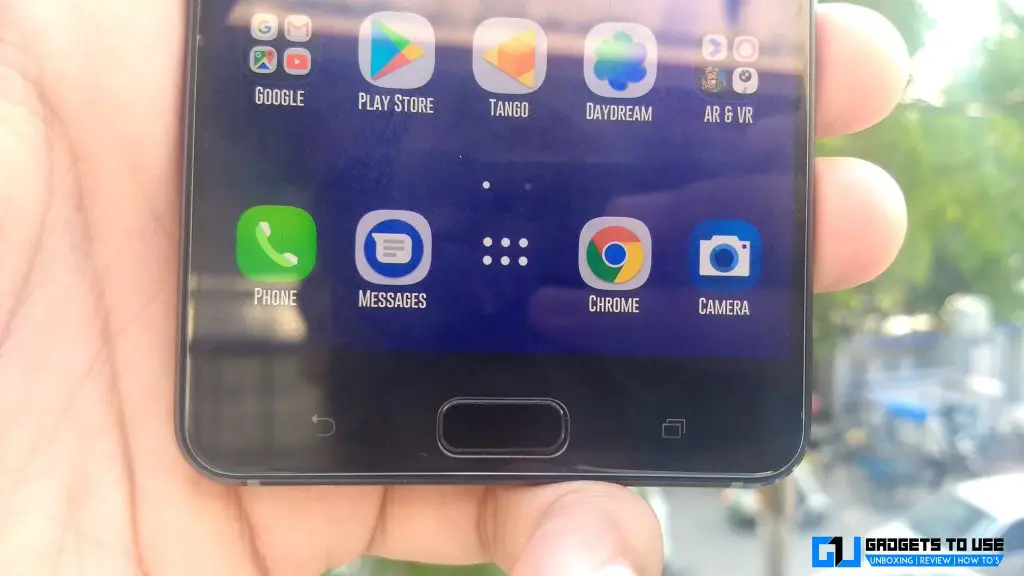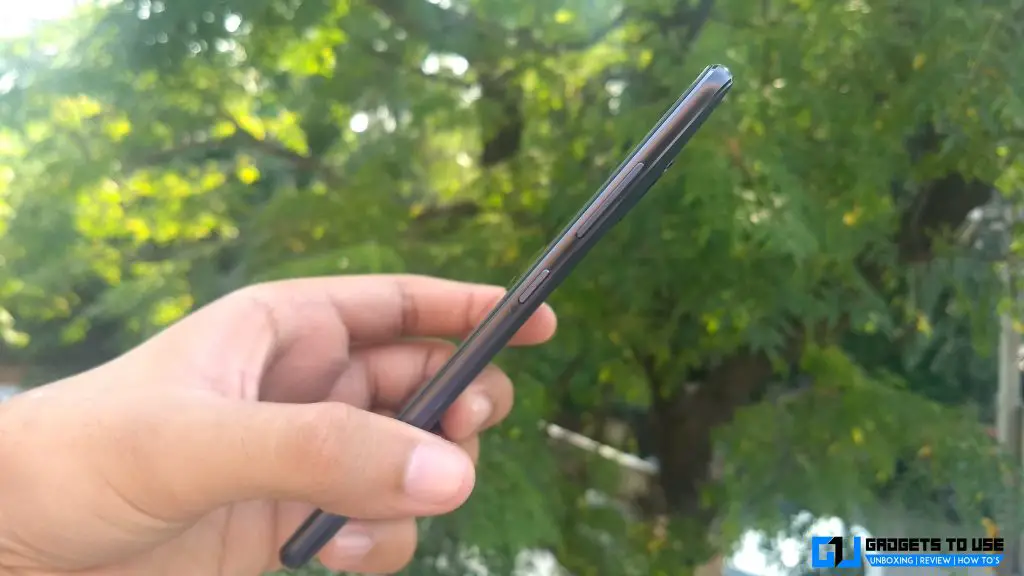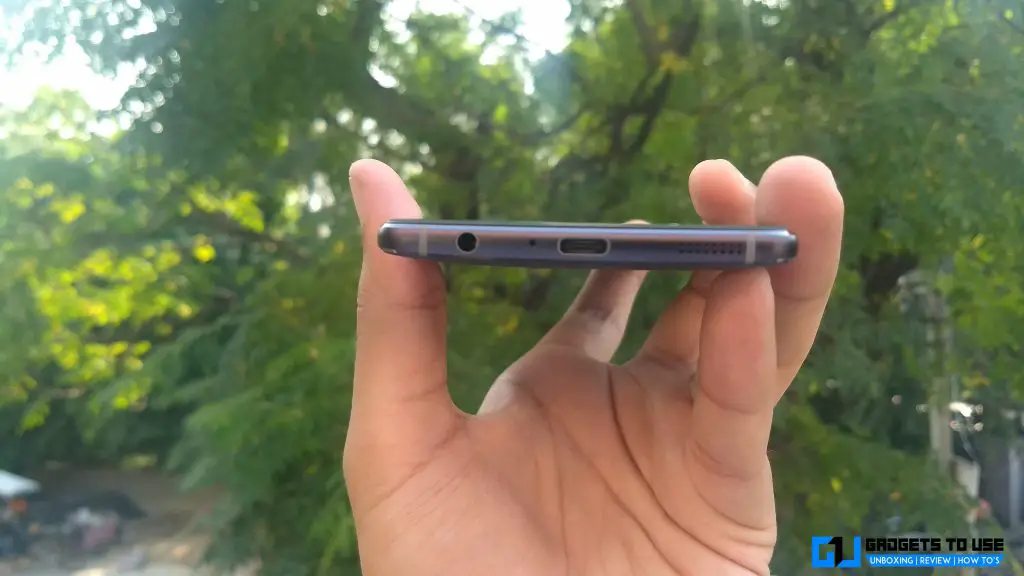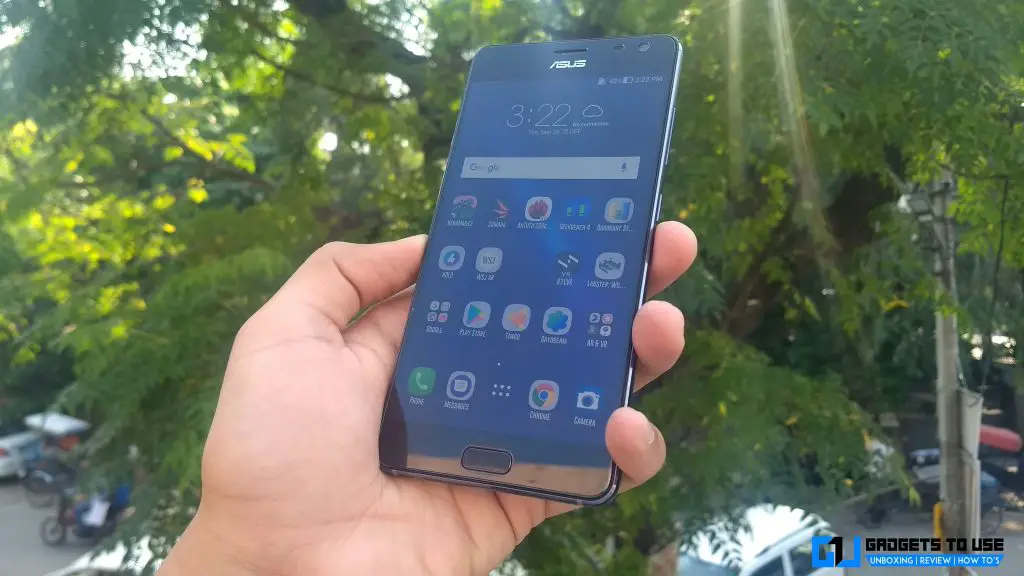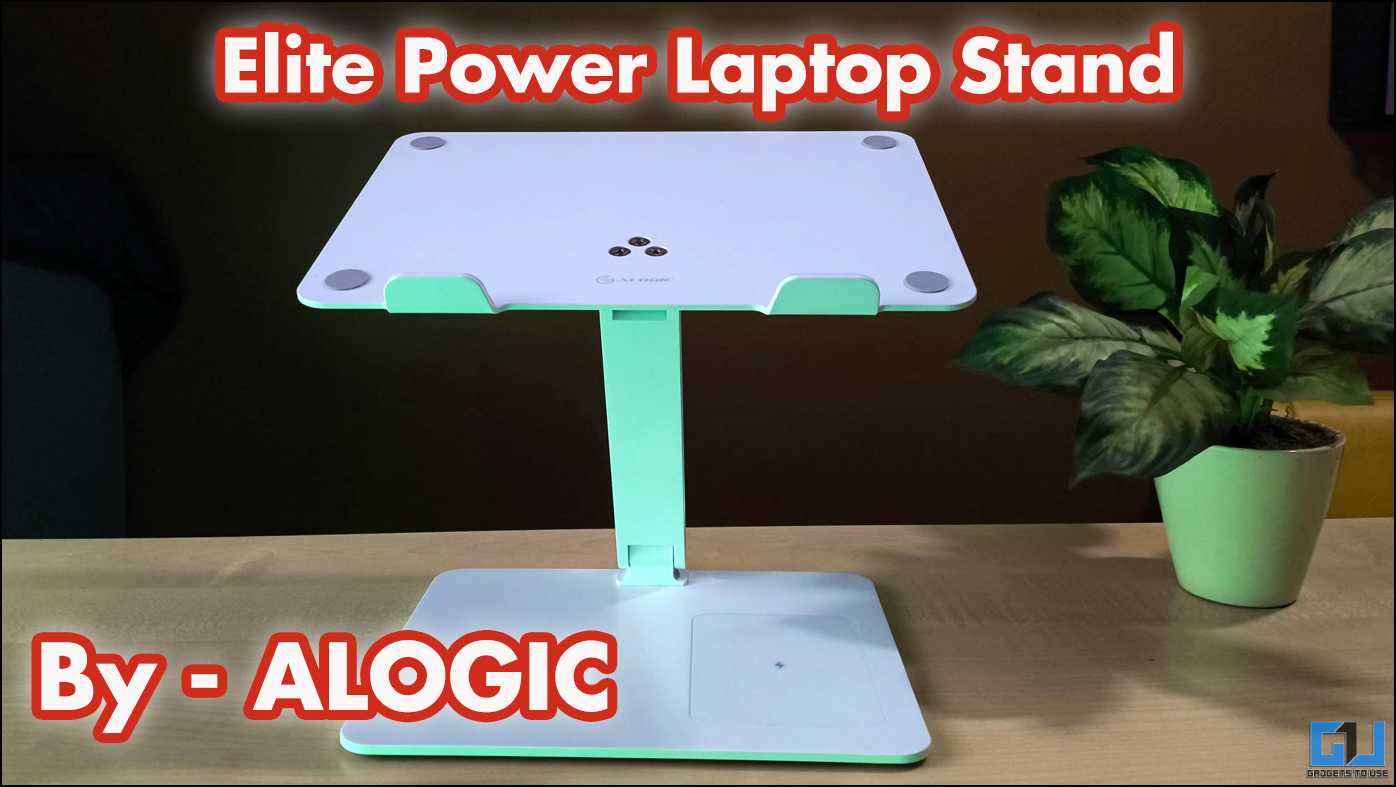Quick Answer
- Having said that, the phone features a triple camera setup at the back with a 23MP main camera, a dedicated Motion tracking camera, and a depth-sensing camera.
- We had to hold the phone steady for a while and with the flash turned off in the first test, the image we got was dark and grainy.
- With three cameras at the back, the Asus ZenFone AR is capable of projecting highly accurate Augmented Reality results which are a delight to look at.
Asus ZenFone AR has been there for a while now as the world’s first Tango and Daydream enabled smartphone. Everything on the Asus ZenFone AR, from the camera setup to processor, is optimized for Augmented and Virtual Reality.
With a price tag of Rs. 49,999, the Asus ZenFone AR is a smartphone that is dedicated to seamless AR and VR experience. Packing a triple camera setup, Snapdragon 821 processor, 8GB RAM and 128GB onboard storage, the Asus ZenFone AR does have good specifications on paper. We got our hands on the Asus ZenFone AR and a Google Daydream headset to check its performance. Here is our review of the Asus ZenFone AR.
Asus ZenFone AR Physical Overview
On the front of the Asus ZenFone AR, you get a 5.7-inch Super AMOLED display with 2K WQHD resolution. Just below the display, you have a clickable home button that doubles up as a fingerprint sensor, along with two capacitive navigation keys.
Coming to the back, you get a textured back which is very grippy and fits well in hand. The tri-camera setup takes almost the entire upper center of the Asus ZenFone AR. At the lower back panel, you have ‘Asus’ and ‘Tango’ branding engraved on the back.
The right side of the phone houses the volume rockers and lock button. Both the buttons are textured and aesthetically complement the phone with a slightly reflective finish. You get a matte finish SIM tray on the left side. The SIM tray is distinctly visible and looks good on the device.
At the bottom of the Asus ZenFone AR, you get the USB Type-C port, a 3.5mm earphone jack, and speaker grille. Sleek antenna bands run across the top and bottom of the phone, again complimenting the overall look.
Display
Coming to the display, the Zenfone AR features a 5.7-inch Super AMOLED panel with 2K WQHD (2560x1440p) resolution. It comes with Gorilla Glass 4 for protection and Oleophobic coating to resist smudges.
The display is clearly visible and readable in bright sunlight and can be perfectly dimmed for usage in low-light. The touch is also accurate and the display is responsive to multiple touches. Overall, it works well and looks good.
Camera
The Asus ZenFone AR is the world’s first Daydream and Tango enabled smartphone. Having said that, the phone features a triple camera setup at the back with a 23MP main camera, a dedicated Motion tracking camera, and a depth-sensing camera.
With three cameras at the back, the Asus ZenFone AR is capable of projecting highly accurate Augmented Reality results which are a delight to look at. The front camera comprises of an 8MP unit with f/2.0 aperture.
Camera User Interface
In terms of the camera UI, it is another thumbs up to Asus ZenFone AR. The user interface is smooth, easy to navigate, and fast. There is no lag while switching from photo to video mode or vice-versa. The manual mode on the Asus ZenFone AR offers useful command and information on the UI, which is good.
Camera samples
Well, I have to say that the Asus ZenFone AR has one of the finest cameras we’ve tested so far. The depth, detail, and clarity of the images are great under daylight conditions and the camera gives good results in artificial light too. Let’s have a look at the camera samples now.
Daylight samples
In natural light or daylight, the cameras on the Asus ZenFone AR work great without breaking a sweat. The clarity, detail, and focus is great. Thanks to the depth sensor, the blur is natural and very finely detailed so it looks original even after full zooming.
Artificial light samples
The camera is able to retain its focus even in artificial lighting. Although the photographs dimmed a little, that can be controlled by using flash. There is absolutely no shutter lag or detail loss in artificial lighting conditions.
Low light samples
Now, this is where the camera was slightly disappointing. We had to hold the phone steady for a while and with the flash turned off in the first test, the image we got was dark and grainy. The details improved with the flash turned on, though.
Hardware, AR, and VR
The Asus ZenFone AR comes with a dedicated camera setup for AR, an optimized Snapdragon 821 processor for VR, coupled with Adreno 530 GPU. It comes with 8GB RAM and 128GB UFS2.0 storage with up to 2TB microSD support.
While the processing is smooth seamless, there is good storage space on board with 8GB RAM. Augmented Reality is wonderfully projected by the Asus ZenFone AR and VR is also smoothly run. Although the device heats a lot around the edges while AR and VR usage, it is natural because of the heavy processing it takes to run VR apps.
Software and Performance
The Asus ZenFone AR runs Android 7.0 Nougat with ZenUI 3.0. While the ZenUI is adaptive after daily usage for a while, you might find the ZenUI somewhat cluttered initially. You will have to do some customisation and changes to the UI before you’re comfortable with the ZenFone AR. Overall, it is an adaptive and customizable user interface which is good.
Asus could polish some aspects and optimize the unlocking speed using the pin. I’m a stock Android fan and would love to see Asus take a switch from ZenUI to near stock or stock Android approach. But with the Asus ZenUI, you have certain optimized features to discover on your ZenFone.
We took some benchmarks for the Asus ZenFone AR and here are the results.
Battery and Connectivity
The Asus ZenFone AR is backed by a 3,300 mAh battery with Qualcomm Quick Charge 3.0. The battery easily lasts for one full day of usage, but there is some noticeable battery drain while using the cameras.
Connectivity options on the Asus ZenFone AR tick all boxes as you get WiFi, Bluetooth, NFC, 3.5mm earphone jack, and a USB Type C port.
Pricing and Availability
The Asus ZenFone AR is available at a starting price of Rs. 49,999. You can buy it from Flipkart or from Asus offline stores.
Verdict
The Asus ZenFone AR is a powerful device with seamless AR and VR implementations. The display is sharp and crisp, the processing shows no lag at all, the cameras work just fine, and the phone also retains enough juice to last a day easily.
That said, the only problem is the heating up while VR and camera usage and some optimization with the ZenUI. These things will also probably be fixed by Asus in the near future. All in all, the Asus ZenFone AR is a premium device and has all the essentials of a flagship smartphone.
